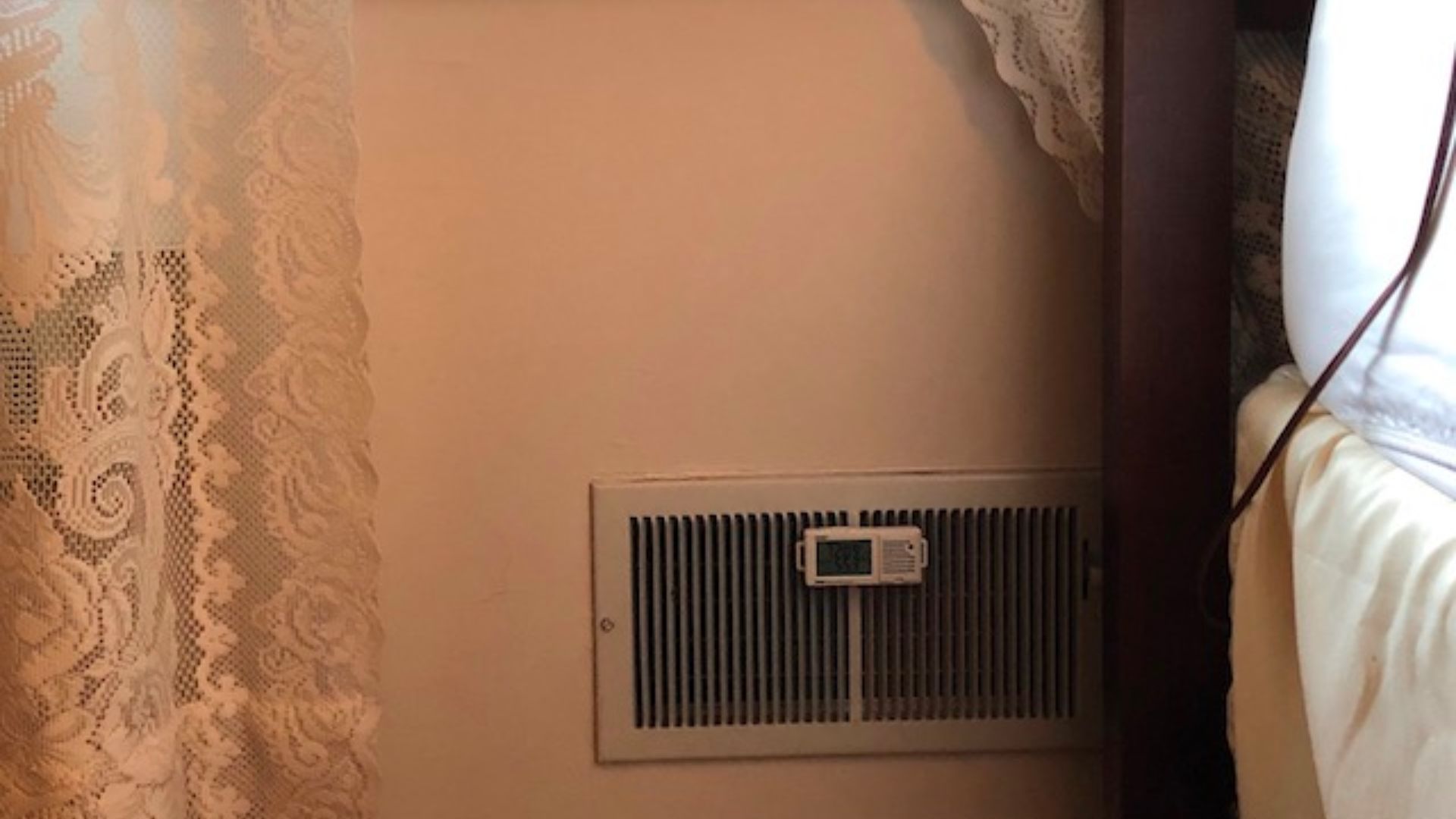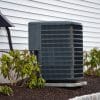Have you ever wondered why HVAC vents are often found under windows? It may seem like an odd placement choice, but there is a logical reason behind it.
In this blog post, Orzech Heating & Cooling will walk you through the purpose of these vents and discuss the different types available. We’ll also weigh in on the pros and cons of having them installed beneath your windows. And if you’re thinking about installing them yourself, don’t worry – we’ve got you covered with some helpful tips!
So sit back, relax, and get ready to learn all about HVAC vents under windows.
The Purpose of HVAC Vents
The purpose of HVAC vents is to circulate air throughout your home, allowing for proper heating and cooling. By distributing warm or cool air evenly, you can maintain a comfortable temperature in every room. Vents are part of a ductwork system and an essential component of any HVAC system.
There are different types of vents available, including floor vents, ceiling vents, and wall-mounted vents. Each type has its own set of advantages and disadvantages depending on the layout of your home.
In particular, placing HVAC vents under windows can be beneficial for several reasons. For one thing, windows tend to be areas where heat loss occurs due to drafts or poor insulation. Having a vent located there can help counteract this issue by directing warm air toward the window area.
Additionally, having a vent under a window helps promote air circulation in the room by creating convection currents that move hot or cold air around more efficiently.
Understanding the purpose of HVAC vents is crucial when it comes to maintaining optimal indoor comfort levels throughout your home.
The Pros and Cons of Vents under Windows
Vents are an essential part of HVAC systems as they help maintain indoor air quality and regulate temperature. However, when it comes to installing vents under windows, there can be some pros and cons that homeowners should consider.
Pros
On the positive side, placing vents under windows can help with airflow and prevent cold spots in the room. This is especially useful during winter months when heat tends to escape through windows, leaving areas near them feeling chilly. By having vents placed strategically beneath them, warm air can circulate more efficiently throughout a space.
Cons
However, one downside of having vents under windows is that they may let in more outside noise and dust than other locations. The location itself might not be ideal for those who live on busy streets or dusty environments because their HVAC system could draw in unwanted particles from outside.
Another potential drawback of this placement is that it may limit furniture placement options due to the need for proper airflow between objects in the room. Additionally, homeowners should remember to keep all furniture at least 12 inches away from any vent openings so that nothing blocks or interferes with airflow.
If you’re considering installing HVAC vents under your home’s windows, weigh both the pros and cons first before making a final decision.
How to Install Vents under Windows
Before installing vents under windows, it is important to determine the type of vent that will be used. There are two main types: baseboard and toe-kick vents. Baseboard vents fit along the floorboards while toe-kick vents are installed at the bottom of cabinets or vanities.
To install baseboard vents, start by measuring the length of the opening where you want to place them. Then, use a saw to carefully cut out a section for your vent. Securely attach brackets behind each end of the opening before placing your vent cover in place.
For toe-kick vents, measure and cut an opening into your cabinet or vanity using a jigsaw. Attach mounting brackets on either side of the opening and slide in your new vent cover.
It’s important to properly seal any gaps around the edges with caulk or weatherstripping tape to prevent air leaks.
Remember that proper installation is crucial for ensuring efficient airflow throughout your home – if you’re unsure about how to install HVAC vents under windows, consider hiring a professional contractor for guidance!
Conclusion
HVAC vents under windows serve a specific purpose in maintaining proper air circulation and temperature regulation within your home or office. They come in various types, each with its own set of pros and cons. While they can enhance the functionality of your HVAC system, they may also pose certain challenges when it comes to installation and maintenance.
However, by understanding the benefits and drawbacks associated with these vents, as well as following proper guidelines for installation and upkeep, you can ensure that your home or office remains comfortable year-round. So if you’re considering installing vents under your windows or are looking to upgrade your current system, be sure to weigh all factors carefully before making a decision.




